|
[1]
|
M. Shen, M. W. Wei, L. H. Zhu, M. Z. Wang, Classification of encrypted traffic with second-order markov chains and application attribute bigrams, IEEE Trans. Inf. Forensics Secur., 12 (2017), 1830-1843.
|
|
[2]
|
Y. N. Dong, J. J. Zhao, J. Jin Novel feature selection and classification of internet video traffic based on a hierarchical scheme, Comput. Networks, 119 (2017), 102-111.
|
|
[3]
|
S. E. Middleton, S. Modafferi, Scalable classification of QoS for real-time interactive applications from IP traffic measurements, Comput. Networks, 107 (2016), 121-132.
|
|
[4]
|
P. Burnap, M. L. Williams, Cyber hate speech on twitter: An application of machine classification and statistical modeling for policy and decision making, Policy Internet, 7 (2015), 223-242.
|
|
[5]
|
M. Korczyński, A. Duda, Markov chain fingerprinting to classify encrypted traffic, In IEEE INFOCOM 2014-IEEE Conference on Computer Communications, 2014, 781-789.
|
|
[6]
|
P. Velan, M. Cermák, P. Čeleda, M. Drašar, A survey of methods for encrypted traffic classification and analysis, Int. J. Network Manage., 25 (2015), 355-374.
|
|
[7]
|
Z. Cao, G. Xiong, Y. Zhao, Z. Z. Li, L. Guo, A survey on encrypted traffic classification, In International Conference on Applications and Techniques in Information Security, Springer, Berlin, Heidelberg, 2014, 73-81.
|
|
[8]
|
W. B. Diab, S. Tohme, C. Bassil, Critical vpn security analysis and new approach for securing voip communications over vpn networks, In Proceedings of the 3rd ACM workshop on Wireless multimedia networking and performance modeling, 2007, 92-96.
|
|
[9]
|
J. Khalife, A. Hajjar, J. Diaz-Verdejo, A multilevel taxonomy and requirements for an optimal traffic-classification model, Int. J. Network Manage., 24 (2014), 101-120.
|
|
[10]
|
N. Namdev, S. Agrawal, S. Silkari, Recent advancement in machine learning based internet traffic classification, Proc. Comput. Sci., 60 (2015), 784-791.
|
|
[11]
|
M. Finsterbusch, C. Richter, E. Rocha, J. A. Muller, K. Hanssgen, A survey of payload-based traffic classification approaches, IEEE Commun. Surv. Tutorials, 16 (2013), 1135-1156.
|
|
[12]
|
K. S. Shim, J. H. Ham, Baraka D. Sija, M. S. Kim, Application traffic classification using payload size sequence signature, Int. J. Network Manage., 27 (2017), e1981.
|
|
[13]
|
T. T. Nguyen, G. Armitage, A survey of techniques for internet traffic classification using machine learning, IEEE commun. Surv. Tutorials, 10 (2008), 56-76.
|
|
[14]
|
J. Erman, M. Arlitt, A. Mahanti, Traffic classification using clustering algorithms, In Proceedings of the 2006 SIGCOMM workshop on Mining network data, 2006, 281-286.
|
|
[15]
|
R. Keralapura, A. Nucci, C. Chuah, A novel self-learning architecture for p2p traffic classification in high speed networks, Comput. Networks, 54 (2010), 1055-1068.
|
|
[16]
|
J. Zhang, Y. Xiang, W. L. Zhou, Y. Wang, Unsupervised traffic classification using flow statistical properties and IP packet payload, J. Comput. Syst. Sci., 79 (2013), 573-585.
|
|
[17]
|
Y. Wang, Y. Xiang, J. Zhang, W. L. Zhou, G. Y. Wei, L. T. Yang, Internet traffic classification using constrained clustering, IEEE Trans. Parallel Distrib. Syst., 25 (2014), 2932-2943.
|
|
[18]
|
A. Este, F. Gringoli, L. Salgarelli, Support vector machines for TCP traffic classification, Comput. Networks, 53 (2009), 2476-2490.
|
|
[19]
|
A. Finamore, M. Mellia, M. Meo, D. Rossi, Kiss: Stochastic packet inspection classifier for udp traffic, IEEE/ACM Trans. Networking, 18 (2010), 1505-1515.
|
|
[20]
|
L. Zhenxiang, H. Mingbo, L. Song, W. Xin, Research of P2P traffic comprehensive identification method, In 2011 International Conference on Network Computing and Information Security, 2011, 307-310.
|
|
[21]
|
D. J. Arndt, A. Nur Zincir-Heywood, A comparison of three machine learning techniques for encrypted network traffic analysis, In 2011 IEEE Symposium on Computational Intelligence for Security and Defense Applications (CISDA), 2011, 107-114.
|
|
[22]
|
R. Alshammari, A. Nur Zincir-Heywood, Can encrypted traffic be identified without port numbers, IP addresses and payload inspection?, Comput. networks, 55 (2011), 1326-1350.
|
|
[23]
|
T. T. Nguyen, G. Armitage, P. Branch, S. Zander, Timely and continuous machine-learning-based classification for interactive IP traffic, IEEE/ACM Trans. Networking, 20 (2012), 1880-1894.
|
|
[24]
|
W. Ye, K. Cho, Hybrid P2P traffic classification with heuristic rules and machine learning, Soft Comput., 18 (2014), 1815-1827.
|
|
[25]
|
L. Peng, B. Yang, Y. H. Chen, Effective packet number for early stage internet traffic identification, Neurocomputing, 156 (2015), 252-267.
|
|
[26]
|
J. Zhang, C. Chen, Y. Xiang, W. L. Zhou, Semi-supervised and compound classification of network traffic, In 2012 32nd International Conference on Distributed Computing Systems Workshops, 2012, 617-621.
|
|
[27]
|
J. Yuan, Z. Li, R. Yuan, Information entropy based clustering method for unsupervised internet traffic classification, In 2008 IEEE International Conference on Communications, 2008, 1588-1592.
|
|
[28]
|
M. Zhang, H. L. Zhang, B. Zhang, G.Lu, Encrypted traffic classification based on an improved clustering algorithm, In International Conference on Trustworthy Computing and Services, Springer, Berlin, Heidelberg, 2012, 124-131.
|
|
[29]
|
V. Paxson, Empirically derived analytic models of wide-area TCP connections, IEEE/ACM Trans. Networking, 2 (1994), 316-336.
|
|
[30]
|
V. Paxson, S. Floyd, Wide area traffic: The failure of Poisson modeling, IEEE/ACM Trans. Networking, 3 (1995), 226-244.
|
|
[31]
|
A. McGregor, M. Hall, P. Lorier, J. Brunskill, Flow clustering using machine learning techniques, In International workshop on passive and active network measurement, Springer, Berlin, Heidelberg, 2004, 205-214.
|
|
[32]
|
T. Auld, A. W. Moore, S. F. Gull, Bayesian neural networks for internet traffic classification, IEEE Trans. Neural Networks, 18 (2007), 223-239.
|
|
[33]
|
J. Erman, A. Mahanti, M. Arlitt, I. Cohen, C. Williamson, Offline/realtime traffic classification using semi-supervised learning, Perform. Eval., 64 (2007), 1194-1213.
|
|
[34]
|
W. Li, M. Canini, A. W. Moore, R. Bolla, Efficient application identification and the temporal and spatial stability of classification schema, Comput. Networks, 53 (2009), 790-809.
|
|
[35]
|
C. Bacquet, K. Gumus, D. Tizer, A. Nur Zincir-Heywood, M. I. Heywood, A comparison of unsupervised learning techniques for encrypted traffic identification, J. Inf. Assur. Secur., 5 (2010), 464-472.
|
|
[36]
|
D. Arndt, How to: Calculating flow statistics using netmate, 2011. Available from: http://dan.arndt.ca/nims/calculating-flow-statistics-using-netmate/.
|
|
[37]
|
J. Zhang, C. Chen, Y. Xiang, W. L. Zhou, Y. Xiang, Internet traffic classification by aggregating correlated naive bayes predictions, IEEE Trans. Inf. Forensics Secur., 8 (2013), 5-15.
|
|
[38]
|
N. F. Huang, G. Y. Jai, H. C. Chao, Y. J. Tzang, H. Y. Chang, Application traffic classification at the early stage by characterizing application rounds, Inf. Sci., 232 (2013), 130-142.
|
|
[39]
|
Y. J. Fu, H. Xiong, X. Lu, J. Yang, C. Chen, Service usage classification with encrypted internet traffic in mobile messaging apps, IEEE Trans. Mobile Comput., 15 (2016), 2851-2864.
|
|
[40]
|
M. Conti, L. V. Mancini, R. Spolaor, N. V. Verde, Analyzing android encrypted network traffic to identify user actions, IEEE Trans. Inf. Forensics Secur., 11 (2016), 114-125.
|
|
[41]
|
Z. Liu, R. Wang, D. Tang, Extending labeled mobile network traffic data by three levels traffic identification fusion, Future Gener. Comput. Syst., 88 (2018), 453-466.
|
|
[42]
|
G. Aceto, D. Ciuonzo, A. Montieri, A. Pescap, Multi-classification approaches for classifying mobile app traffic, J. Network Comput. Appl., 103 (2018), 131-145.
|
|
[43]
|
K. L. Dias, M. A. Pongelupe, W. M. Caminhas, L. de Errico, An innovative approach for real-time network traffic classification, Comput. Networks, 158 (2019), 143-157.
|
|
[44]
|
A. J. Pinheiro, J. de M. Bezerra, C. A. Burgardt, D. R. Campelo, Identifying IoT devices and events based on packet length from encrypted traffic, Comput. Commun., 144 (2019), 8-17.
|
|
[45]
|
Y. M. Choi, On the accuracy of signature-based traffic identification technique in IP networks, In 2007 2nd IEEE/IFIP International Workshop on Broadband Convergence Networks, 2007, 1-12.
|
|
[46]
|
B. C. Park, Y. J. Won, M. S. Kim, J. W. Hong, Towards automated application signature generation for traffic identification, In NOMS 2008-2008 IEEE Network Operations and Management Symposium, 2008, 160-167.
|
|
[47]
|
T. Okabe, T. Kitamura, T. Shizuno, Statistical traffic identification method based on flow-level behavior for fair VoIP service, In 1st IEEE Workshop on VoIP Management and Security, 2006, 35-40.
|
|
[48]
|
D. Bonfiglio, M. Mellia, M. Meo, D. Rossi, P. Tofanelli, Revealing skype traffic: When randomness plays with you, SIGCOMM '07: Proceedings of the 2007 conference on Applications, technologies, architectures, and protocols for computer communications, 2007, 37-48.
|
|
[49]
|
R. Alshammari, A. Nur Zincir-Heywood, An investigation on the identification of VoIP traffic: Case study on Gtalk and Skype, In 2010 International Conference on Network and Service Management, 2010, 310-313.
|
|
[50]
|
H. A. H. Ibrahim, S. M. Nor, A. Mohammed, A. B. Mohammed, Taxonomy of machine learning algorithms to classify real time interactive applications, Int. J. Comput. Networks Wireless Commun., 2 (2012), 69-73.
|
|
[51]
|
D. Adami, C. Callegari, S. Giordano, M. Pagano, T. Pepe, Skype-Hunter: A real-time system for the detection and classification of Skype traffic, Int. J. Commun. Syst., 25 (2012), 386-403.
|
|
[52]
|
L. A. Khan, M. S. Baig, A. M. Youssef, Speaker recognition from encrypted VoIP communications, Digital Invest., 7 (2010), 65-73.
|
|
[53]
|
T. Yildirim, P. J. Radcliffe, VoIP traffic classification in IPSec tunnels, In 2010 International Conference on Electronics and Information Engineering, 2010, 151-157.
|
|
[54]
|
B. Li, M. Ma, Z. G. Jin, A VoIP traffic identification scheme based on host and flow behavior analysis, J. Network Syst. Manage., 19 (2011), 111-129.
|
|
[55]
|
R. Alshammari, A. Nur Zincir-Heywood, Identification of VoIP encrypted traffic using a machine learning approach, J. King Saud Univ. Comput. Inf. Sci., 27 (2015), 77-92.
|
|
[56]
|
T. Qin, L. Wang, Z. L. Liu, X. H. Guan, Robust application identification methods for P2P and VoIP traffic classification in backbone network, Knowl. Based Syst., 82 (2015), 152-162.
|
|
[57]
|
M. M. Rathore, A. Ahmad, A. Paul, S. Rho, Exploiting encrypted and tunneled multimedia calls in high-speed big data environment, Multimedia Tools and Appl., 77 (2018), 4959-4984.
|
|
[58]
|
G. Draper-Gil, A. H. Lashkari, M. S. Mamun, A. A. Ghorbani, Characterization of encrypted and vpn traffic using time-related features, In Proceedings of the 2nd international conference on information systems security and privacy (ICISSP), 2016, 407-414.
|
|
[59]
|
H. L. Arash, G. Draper-Gil, M. S. Mamun, Ali A. Ghorbani, CICFlowMeter: Network traffic flow generator and analyser, Available from: https://www.unb.ca/cic/research/applications.html, 2017.
|
|
[60]
|
J. R. Quinlan, C4.5: Program for machine learning, San Mateo, California, Morgan Kaufmann Publishers, 1993.
|
|
[61]
|
W. X. Sun, J. Chen, J. Q. Li, Decision tree and PCA-based fault diagnosis of rotating machinery, Mech. Syst. Signal Process., 21 (2007), 1300-1317.
|
|
[62]
|
L. Breiman, Random forests, Mach. Learn., 45 (2001), 5-32.
|
|
[63]
|
Y. Freund, R. E. Schapire, A desicion-theoretic generalization of on-line learning and an application to boosting, J. Comput. Syst. Sci., 55 (1997), 23-27.
|
|
[64]
|
L. Breiman, Bagging predictors, Mach. Learn., 24 (1996), 123-140.
|










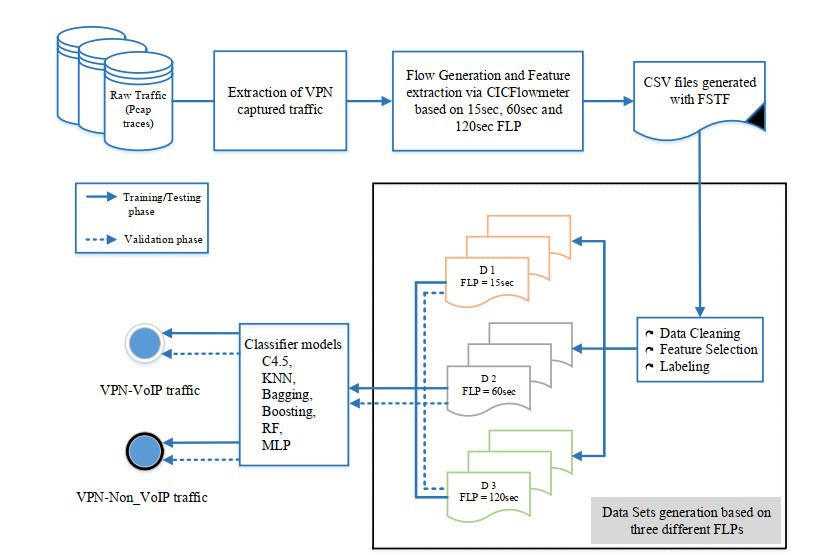
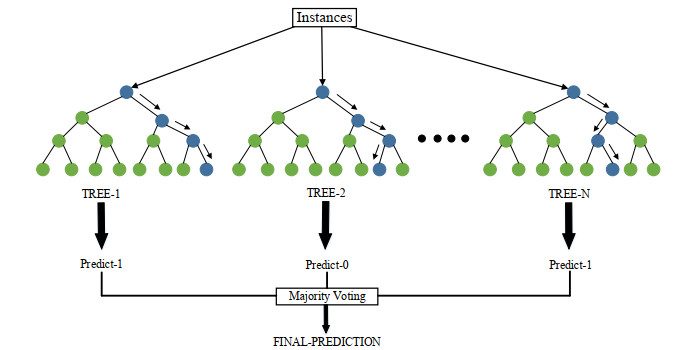
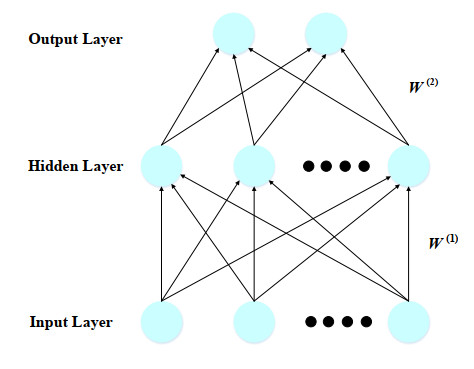

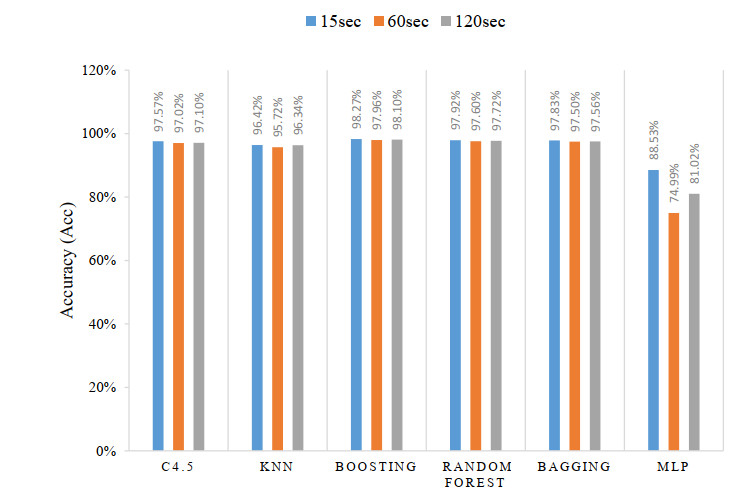
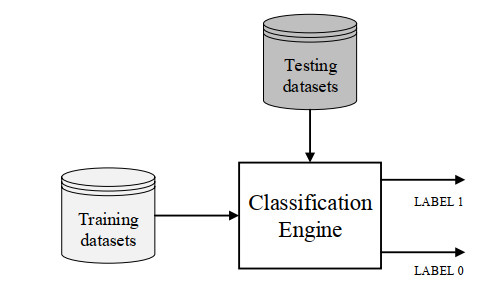

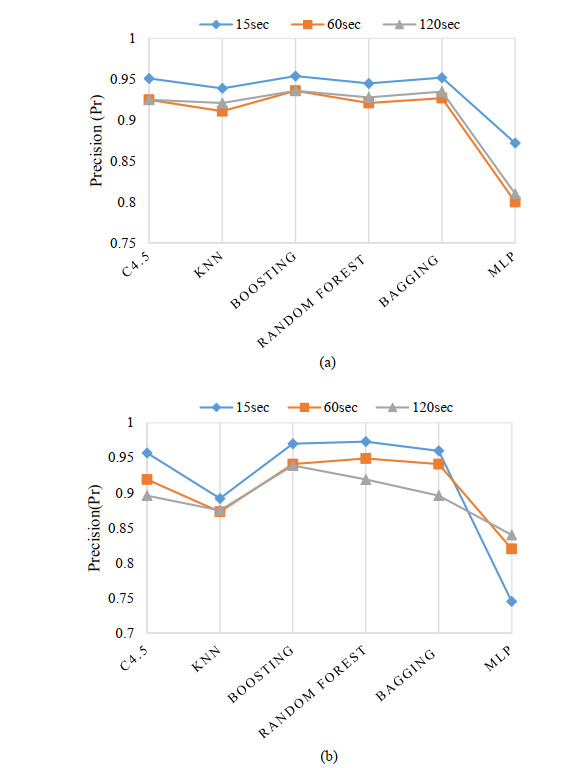
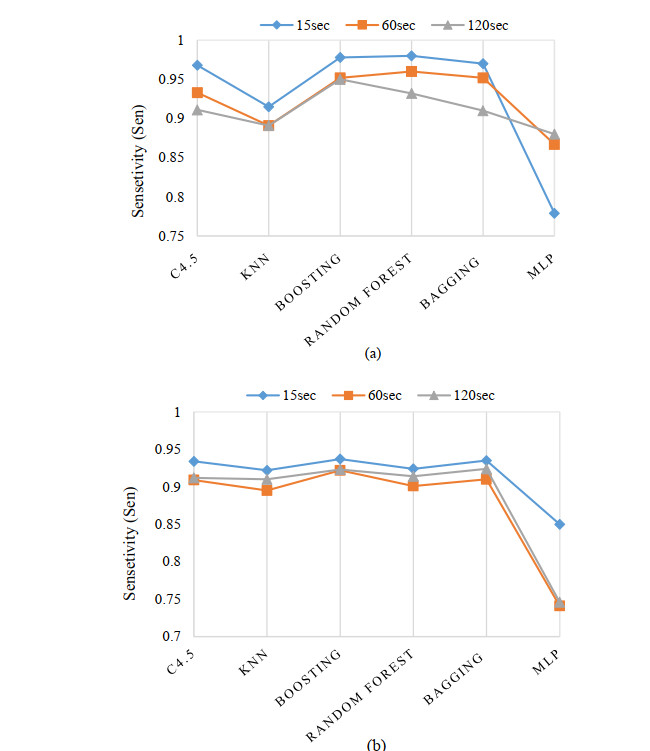

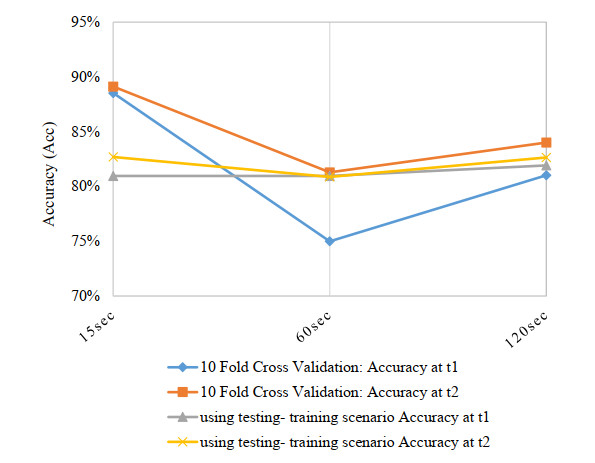


 DownLoad:
DownLoad: